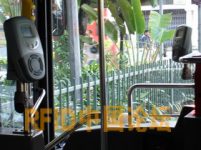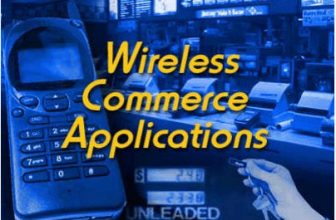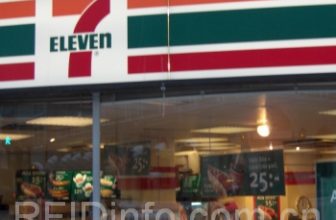
List of RFID application cases in Singapore
[ad_1]
The Republic of Singapore has a total population of about 4 million and a land area of 650 square kilometers. It opened as a port in 1819 and became independent in 1965. In 1999, the total national economic output value was 98 billion U.S. dollars. The per capita output value is US$27,800. Languages are: English, Chinese, Malay, and Tamil. Due to its unique national environment and strong government support, Singapore’s RFID applications are extremely extensive and mature. The following are some of the applications I have personally experienced, and I will summarize them for reference.
Bus payment system
All buses in Singapore use RFID technology, and most Singaporeans have an ez-Link card that can be bought at subway stations. The card uses RFID technology. According to my observation, it should be 13.56MHz, which can be recharged at the subway or bus transfer station. Two READERs are installed on the front and rear doors of the bus (see Figure 1).

figure 1
When getting on the bus, passengers only need to shake the wallet with the ez-Link card on the READER to get on the bus. When they get off at the destination, they also need to shake it so that the system can calculate the number or distance of passengers boarding. From ez -The corresponding price is deducted from the Link card. Of course, buses also accept traditional cash payment methods, but the price for the same distance is higher than with a card.
Vehicle traffic management
Every car in Singapore has a device that can be inserted into an ez-Link card (as shown in Figure 2). There is a large READER on many roads (sorry for not taking pictures) with a big ERP written on it. . The ERP system is placed at the entrance of the expressway or in the jurisdiction section, and the corresponding price is deducted when the car passes. According to reports, if the driver does not insert a stored-value card or there is no money in the card, the camera on the ERP will take the car number and wait for the ticket to be collected. According to its reading distance, it is judged that the system is 900MHz. In addition, the system has no obstacles to reading when the vehicle speed is 120m/h.

figure 2
Metro payment system
Singapore’s subway system is world-renowned. In addition to its advanced trains and beautiful ride environment, its RFID fare collection system is also second to none in the world. After all, even the London Underground has not yet adopted it. Passengers come to the automatic ticket vending machine at the entrance, select the destination, put in the corresponding cash according to the prompts, and then they can purchase a RFID-enabled travel card (Figure 3). The card can be recycled, and when the passenger no longer needs it, hand it to the recycling office to exchange for the 1 SGD deposit when the card was purchased.

image 3
National Library
The National Library of Singapore is the pride of the people of Singapore. It is currently the only large-scale library in the world that is fully managed by RFID. The Singapore government invested 1 billion Singapore dollars to build the national library. For detailed projects, please refer to the speech by the representative of the Singapore Library in the “China RFID Industry Alliance Founding Conference and Global RFID China Summit (Autumn 2005)”. I will only introduce the library’s book borrowing and returning process.
Every citizen of Singapore can use his or her ID card or driver’s license to borrow books from the National Library. An RFID tag is affixed to the back of each book. The borrower only needs to bring the book to the self-checking machine (as shown in Figure 4), insert the ID card or driver’s license, and place the book on the blue panel. Borrowing process. It is extremely convenient to operate, and I only sighed when I thought of the long lines of books in domestic libraries.

Figure 4
The book return process has to be more admirable, because there is only one action in the whole process, which is “throwing”. Borrowers can choose any branch of the National Library to return the books. They only need to go to the self-return system (Figure 5), and drop the books to be returned to complete the return process. Return the books on the top of the system. With a display screen, you can see how the books are returned.

Figure 5
Singapore’s RFID application is mature and extensive, and can be used as a reference project for the development of RFID in my country. With a vast territory and backward technology, China has a long way to go to develop RFID. However, with the strong support of the current government and the continuous exchange and cooperation of domestic and foreign enterprises, we believe that in the near future we will present a whole new look to the world.
[ad_2]






